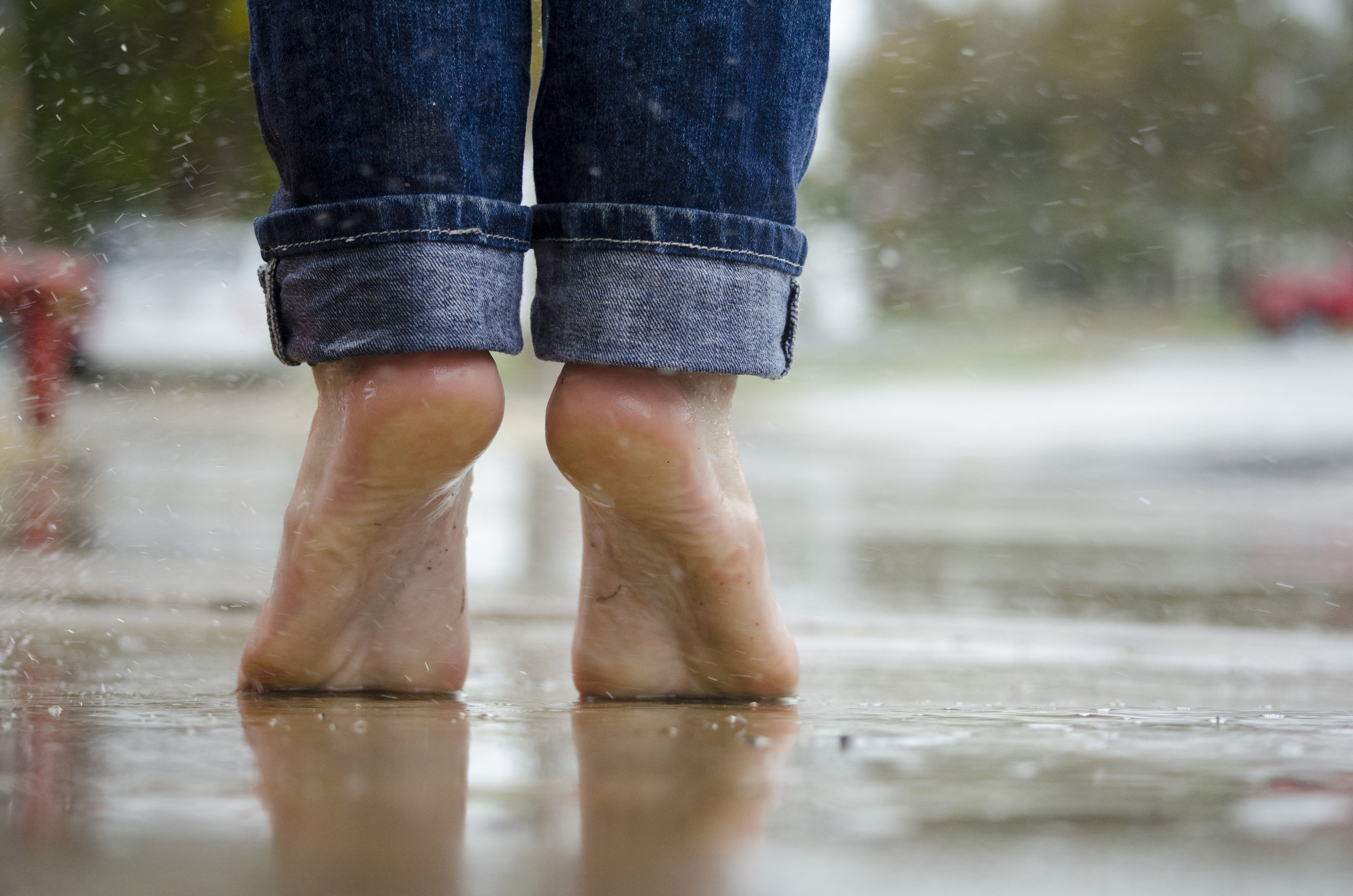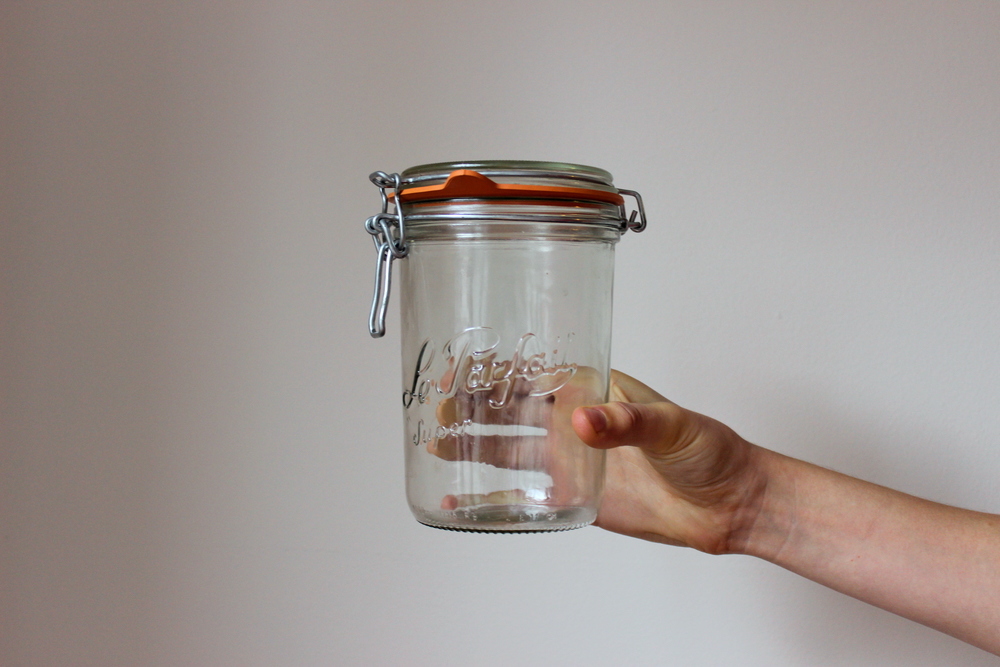Water Wonderful World: Jal Hai Toh Kal Hai is a Documentary About Rajasthan's Water Revolution

“The fact that, while living in such a vast desert, the people of Rajasthan have so many appellations for the sea speaks of the generosity of their spirit.” - Anupam Mishra in The Radiant Raindrops of Rajasthan.
On a brisk Friday afternoon, we got on a phone call with cinematographer Shaharbin Aboobacker to discuss his latest work, one he says was ‘a stroke of luck’. The film is bigger than a documentary, it’s part of a larger grassroots campaign for change. Jal Hai Toh Kal Hai highlights a people’s movement that’s underway in Rajasthan’s Karauli district - a movement by the citizenry to reclaim water governance, predicated on the ideals of self sustenance, resource conservation and regeneration. A once rocky, barren terrain that reeled under a 4-year long drought has been transformed into arable land, once unimaginable in this harsh mining belt with almost no groundwater. The secret? Harnessing indigenous knowledge and reviving long-forgotten practices of water conservation, some dating back 200 years. Through their sheer grit and ingenuity, the people of this region are now better prepared to cope with drought.
Shaharbin answers some questions we had about the film.
Why this film? What inspired you to travel to Rajasthan to make it?
In 2012, as a student of Satyajit Ray Film and Television Institute, I was contacted by an NGO who was taking stock of 20 years of its work across Rajasthan. One of their projects was in Karauli, in north-eastern Rajasthan. where I came across this community who stood out from the rest of the people I’d encountered on my travels. They were a determined, resilient and solution-oriented people which is how my attachment with them began. Upon returning home, I learned that the NGO had terminated its project this village. This made me even more intrigued because the scale of their work was amazing. Rajasthan is a heavily touristed place but here was Karauli, so cut off from the tourist circuit that you would not have landed here unless you were meant to come. It was nothing short of a stroke of luck that took me there and I felt that I had to use my skills to tell their story because if not me, this story would never get told.
What is special about the movement in Karauli?
Karauli is bordered on one side by the buffer areas of Ranthambore and Kaila Devi Wildlife Sanctuaries because of which it has been termed an ecologically-sensitive zone. Yet it is intensively (often illegally) mined for its famous red stone. Mining has depleted the region of soil and turned it into a rocky desert that's impossible to cultivate. Mining debris has affected soil quality, caused deforestation, and silted up traditional water conservation structures, canals and reservoirs in the region. Development here is very rudimentary and nearly all construction activity is out of bounds. Because of its inaccessibility and inhospitable terrain, Karauli has hardly received any government aid. In fact, no collector has visited the place since Independence. The residents are cut off from the mainland with only sporadic electricity, and the radio as the sole connect with the outside world. Road networks are poor so only one or two modes of transport ply in the region. The closest hospital is more than 20 kilometres away and most children don’t go to school. In such a harsh scenario, the scale at which the people have transformed the landscape just blew me away.
What aspect of the movement has the film focused on?
We chose to focus on the people and the movement rather than on “the problem.” I began filming in 2012 and went back to Karauli for four years to film in multiple schedules and seasons. The film captures the progress of the water conservation movement, which has grown organically over this time in the face of extreme natural pressures. It also traces how the movement has transformed the place and the lives of the people. The whole process of identifying a suitable space, building a water harvesting structure and making land arable could take up to three years. The film documents the process season-wise to show how progress has happened since 2012.
The scale of transformation sounds quite remarkable. What have been some of its impacts on local lands, lives, and livelihoods?
Until 2007 when the water conservation programme began, people hardly had anything to eat and managed with very little. The land was largely uncultivable and poor irrigation meant people were cultivating only bajra and grew only one crop a year. Women travelled several miles to fetch drinking water and herders spent money on buying fodder for their livestock. With the revival of its traditional water harvesting structures like the pagaras, the people of Karauli have also built soil and created cultivable land. Today, besides bajra, they also grow wheat and rice not just for their own families but also to sell. Farmers are now able to double-crop because of more consistent availability of water for irrigation. Thirdly, livestock rearing has improved. Because of increase in groundwater levels, livestock feed grows freely and need not be purchased anymore. Drinking water is also easily accessible.
The water conservation movement has been possible largely due to the social fabric of Karauli - the structures are built by people of various castes and communities working alongside each other. The Water Committee has utmost power, greater even than that of the Panchayat because of the critical need for water and the established success of the programme. Because of this, each village is becoming self-sustaining and there’s a growing awareness about protecting the environment and allowing it to regenerate.
How has being on the ground for 4 years changed your perspective as a filmmaker?
I’ve seen smaller permaculture setups that people have undertaken in their homes, communities and farms. But this is entirely different: you’re travelling through this terrain which is rocky and forested and all of a sudden, you arrive upon pockets of vast expanses of cultivable land! This drew me to the contrast in landscapes and the scale of transformation in Karauli just blew me away. Another was the realisation of what adversity can bring out in people. Karauli was facing a severe water shortage and no amount of reaching out to the government for help led to any major transformation. What they achieved was no mean feat: the NGO leading the project was initially met with suspicion by villagers who thought they were coming to confiscate their land. Convincing them about the potential of water conservation was a 4-year long task during which they had to demonstrate success and get some early adopters who could influence others to follow. It wasn’t until 2011 that they had people believing in their approach and the idea. It was only when they were pushed into a corner that people realised that there was no one to help them but themselves. I also saw how local self governance and empowering local bodies to take micro-level decisions can transform a landscape struck by adversity.
What kind of an impact do you hope the film will have?
Unfortunately in India documentaries don’t have a formal platform of release so I plan to show it to as many audiences as possible across the country in film festivals and public screenings in major cities. We are staring at a game-changing water crisis, so it is the right time to use the film to start conversations about water conservation. I have also teamed up with alternative cinema platform, The Travelling Cinema to take the film to rural audiences and demonstrate that building water harvesting structures is not expensive, but, a monetary value cannot be put to the long-term benefits they provide. I hope that what has been done at a micro-level in Karauli can be adapted, with contextual variations, of course, at a larger scale across the country.
Watch a preview of Jal Hai Toh Kal Hai below and follow along on the film’s Facebook page for information on screenings in your city. Contact Shaharbin at shaharbin@gmail.com if you'd like to host a screening.
Featured image: Editor GoI Monitor/ Flickr CC





